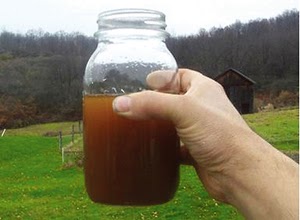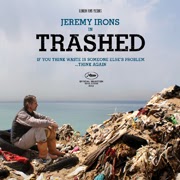Fracking with our Largest Source of Fresh Water

The Dangers of Fracking: Fracking uses a toxic chemical cocktail known as fracking fluid. Companies using fracking fluid have resisted disclosing the contents of fracking fluid, claiming the information is proprietary. However, samples from well sites indicate that the fluid contains: formaldehyde, acetic acids, citric acids, and boric acids, among hundreds of other contaminants. It has recently come to light that, despite the illegality of the action, companies have been caught using diesel fuel in the fracking fluid. Fracking removes millions of gallons of precious freshwater from the water cycle. Each well uses between two and five million gallons of locally-sourced freshwater which will be permanently contaminated by ground contaminants and toxic chemicals contained in the fracking fluid. The “Fracking by the Numbers” report measured key indicators of fracking threats across the country • 280 billion gallons of toxic wastewater generated...



.jpg)